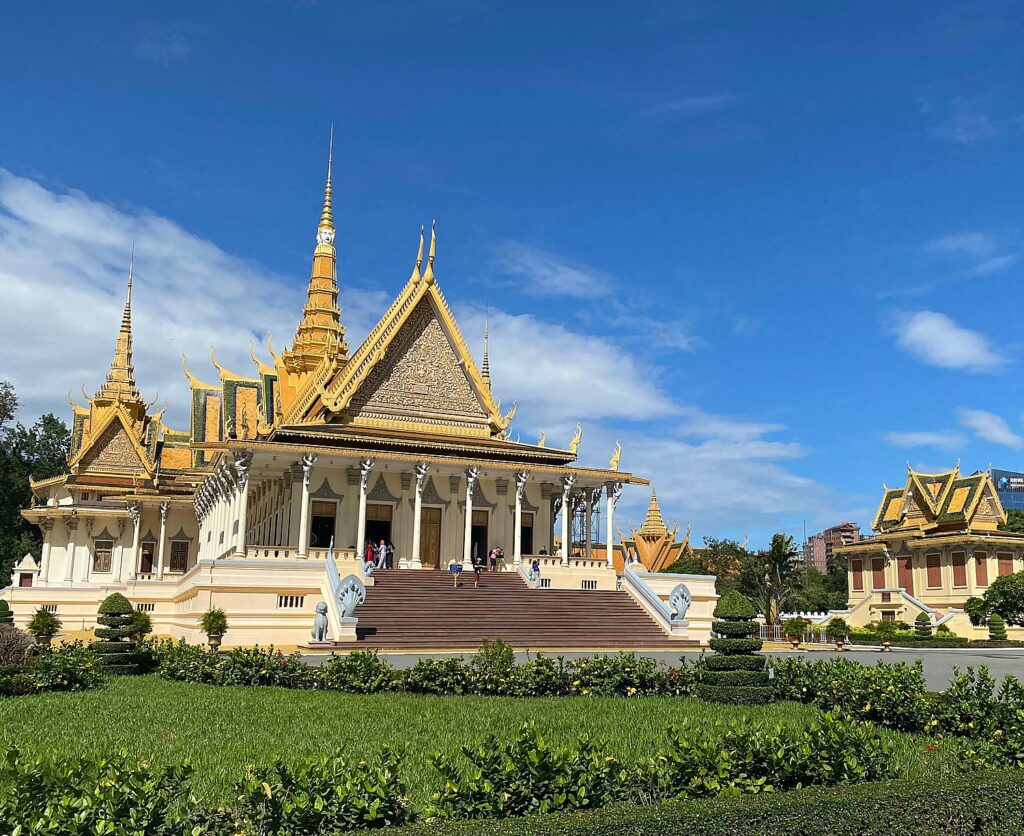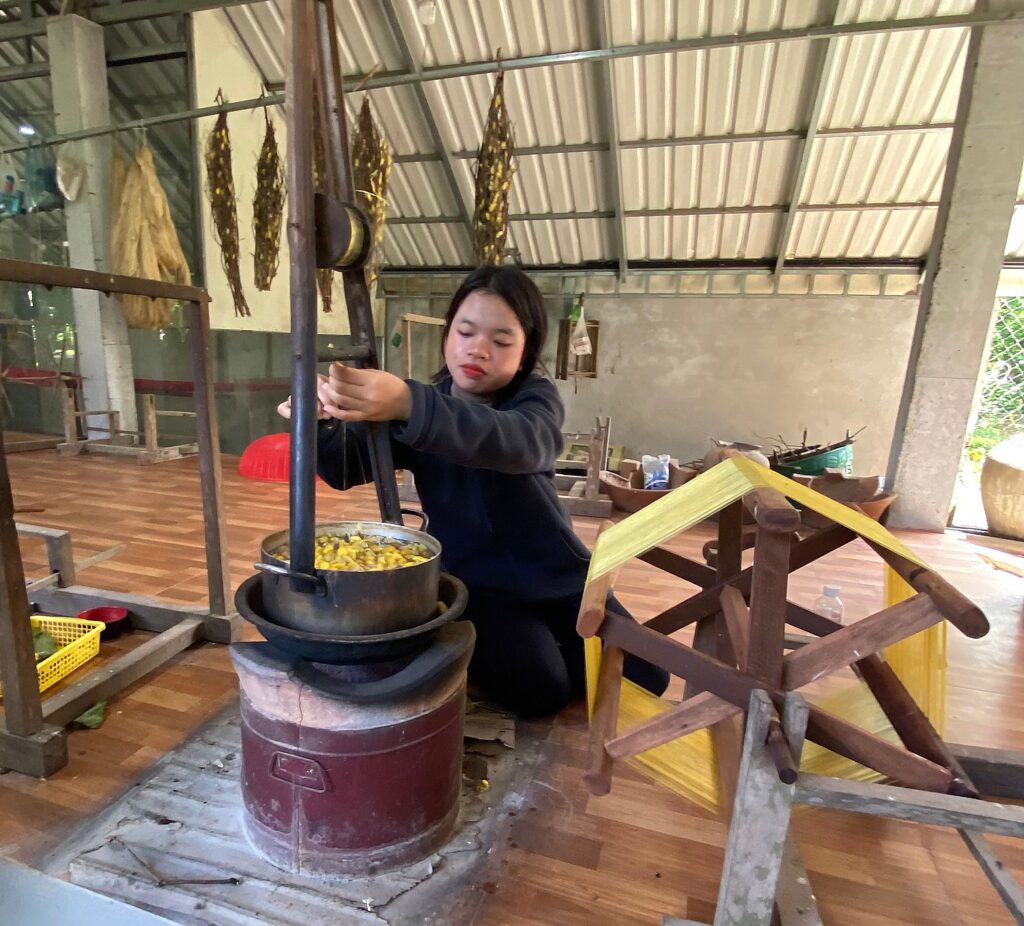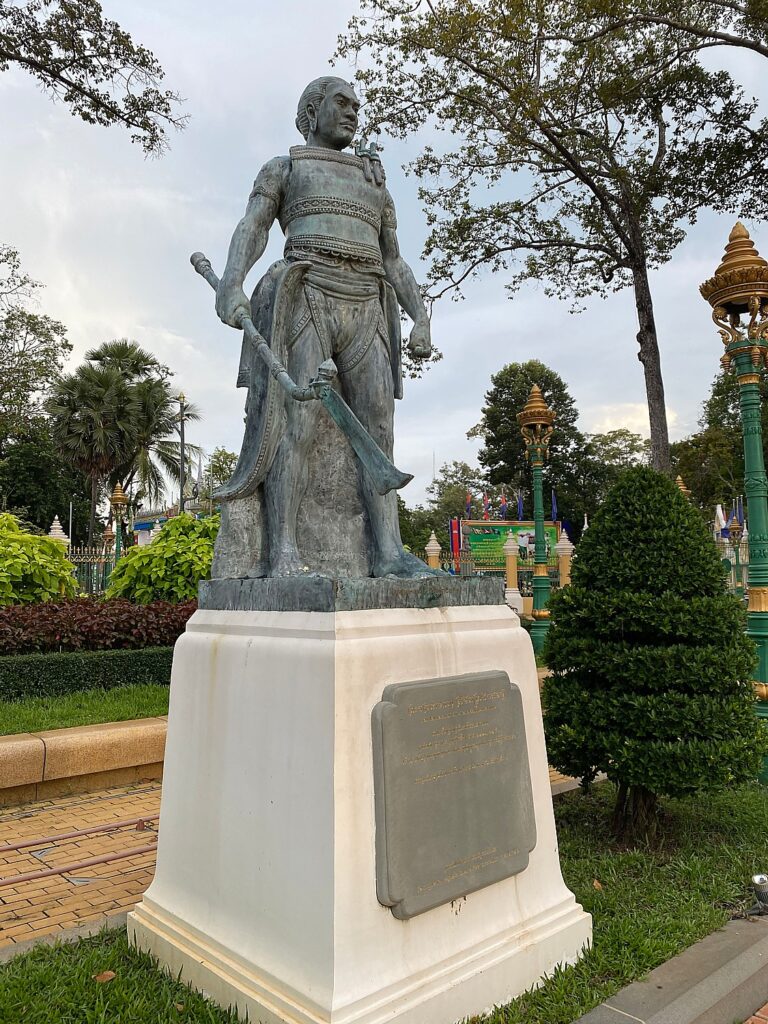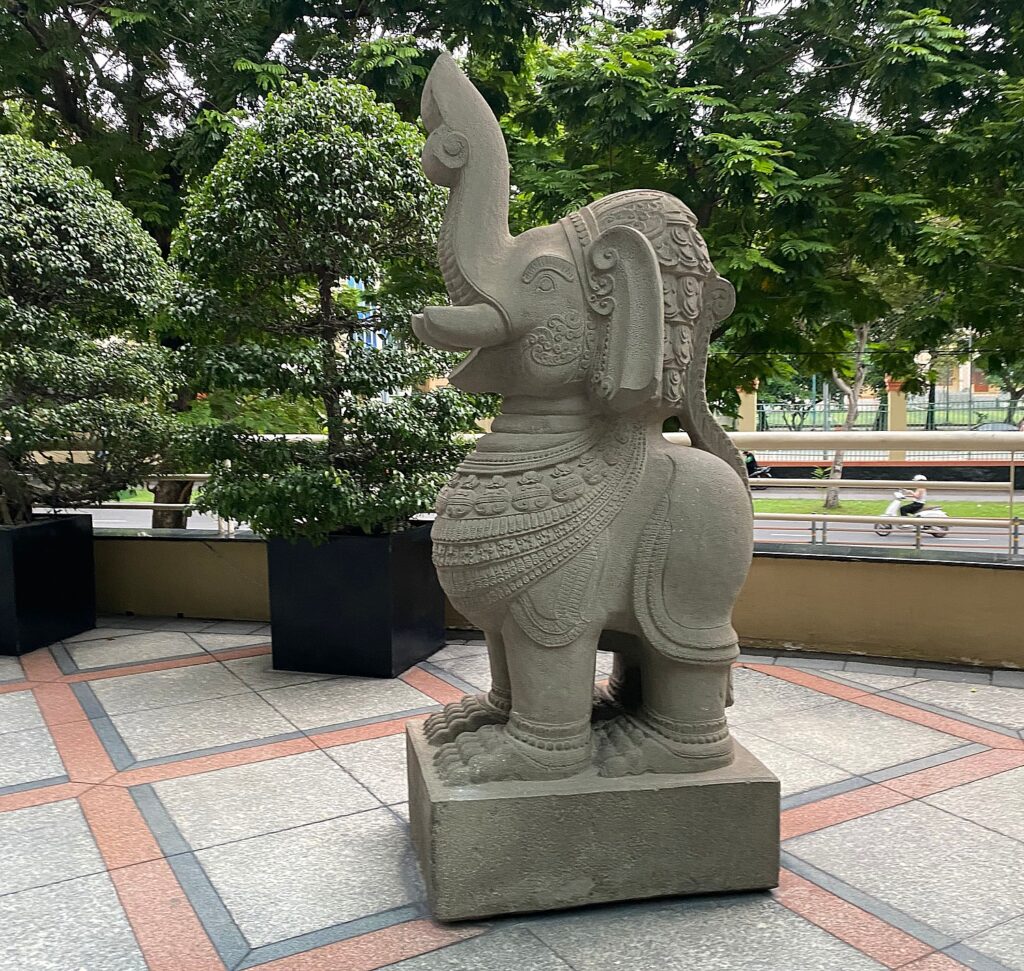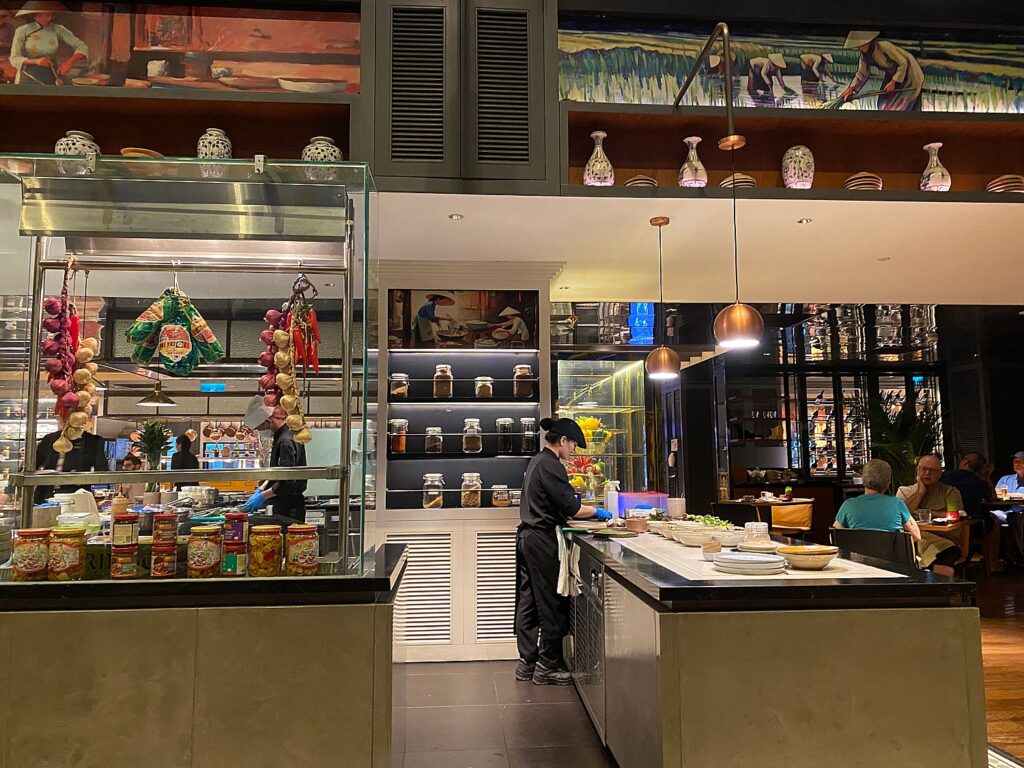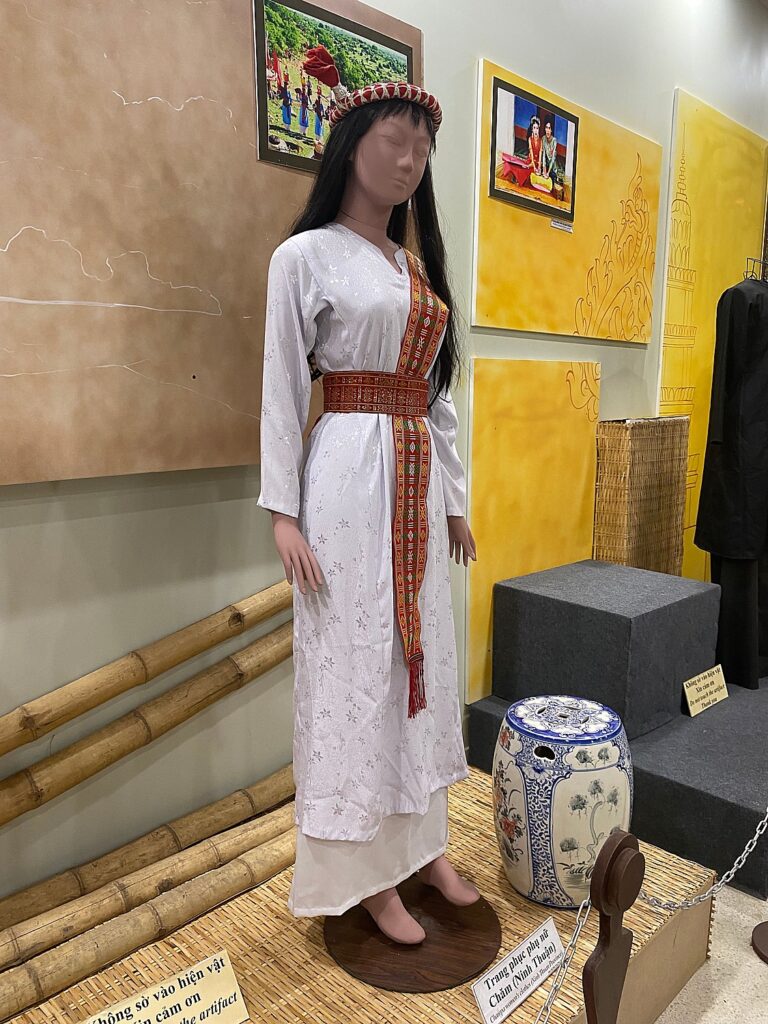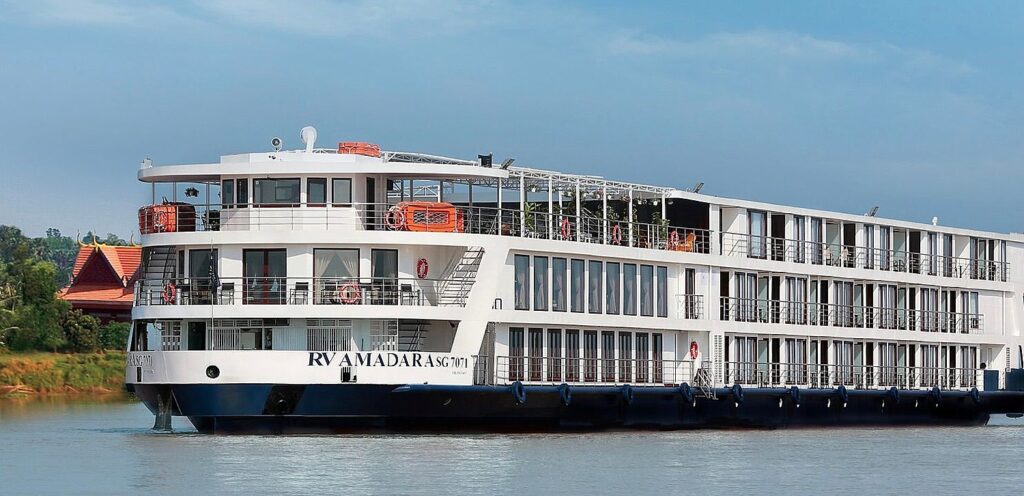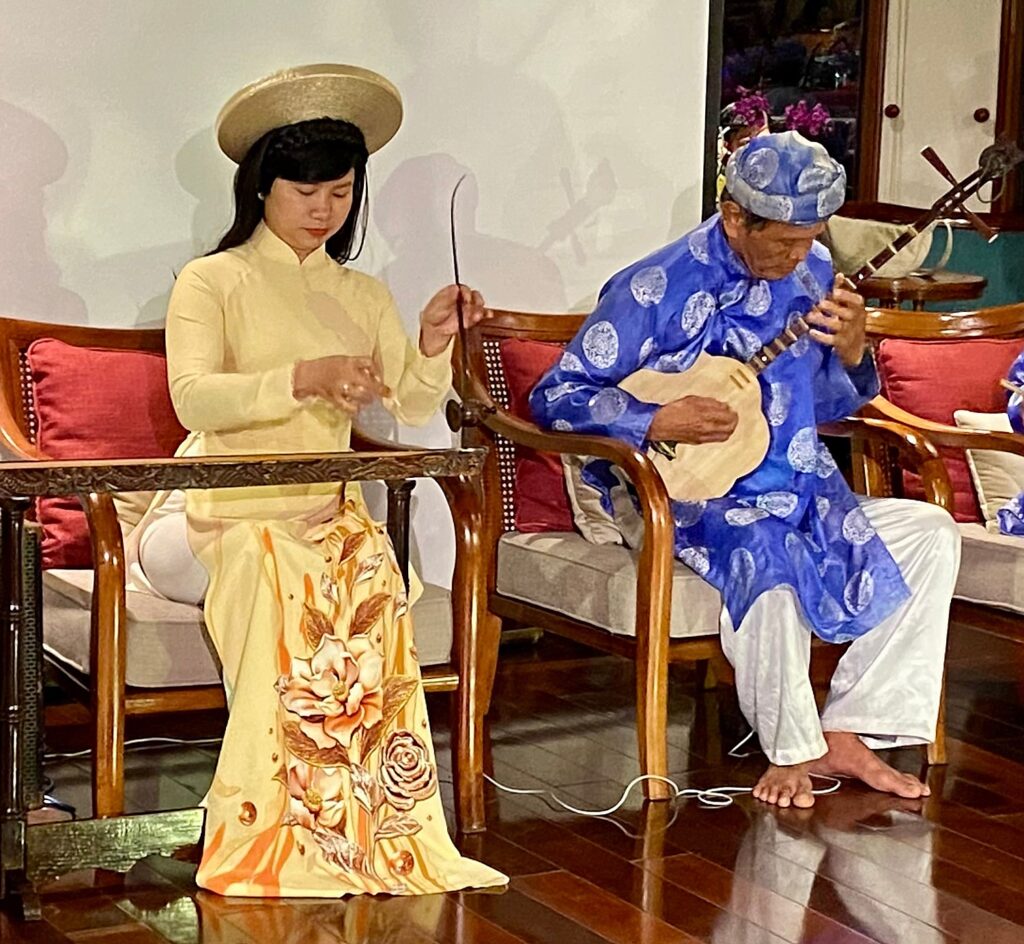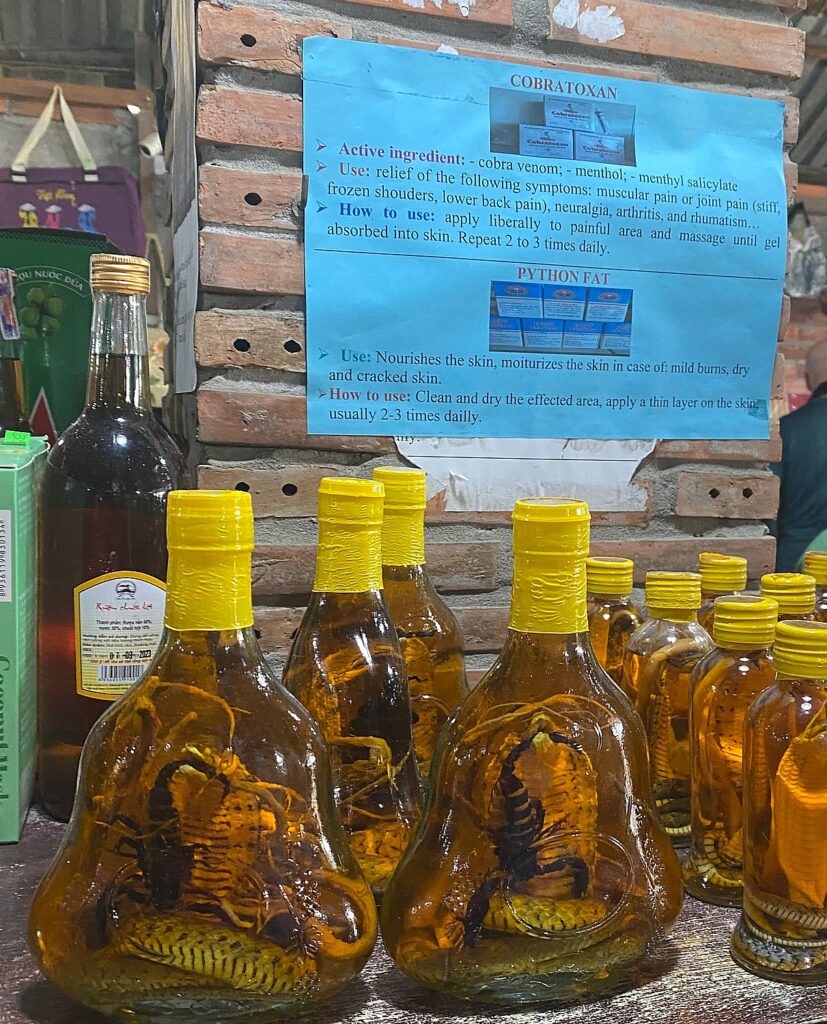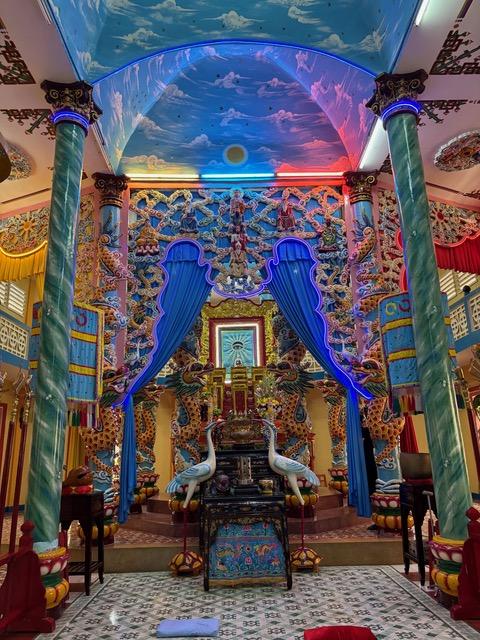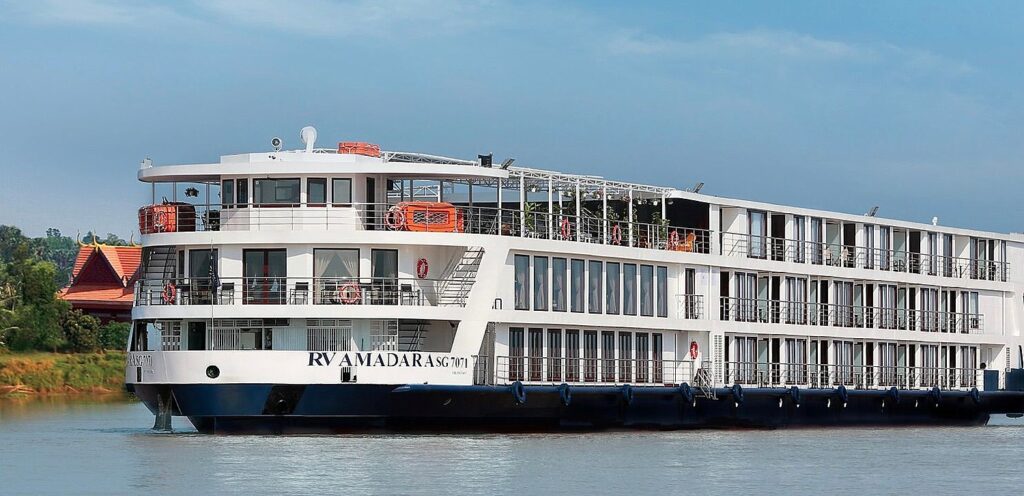
by Geri Bain for Travel Features Syndicate, goingplacesfarandnear.com
My 30-year-old-daughter and I are on a week-long AmaWaterways Mekong River cruise. Our journey starts with two pre-cruise days based at the Sofitel Saigon Plaza exploring Ho Chi Minh City, Vietnam before setting out on AmaWaterways’ five-star, 64-cabin AmaDara. We have completed the Vietnam portion of our cruise, featured in Part 1, and have crossed the border into Cambodia. Here, in Part 2 of our three-part series, we share highlights from our cruise through Cambodia and our stay in Siem Reap.
On day three of our AmaWaterways Mekong River cruise, we wake up to find our ship docked in Phnom Penh, where we will spend the next two nights. During our time in Vietnam, we anchored mid-river and tendered ashore; we are excited that for the next two nights we are docked right in town near a lively riverside park and can walk or take a tuk tuk (motorized rickshaw-style taxi) to the market, temples and other sites when we are not touring.
The Royal Palace complex, our first destination in Cambodia, takes our breath away with its gilded storybook Khmer architecture. Cambodia is a constitutional monarchy and this complex is the official royal residence as well as a key religious and educational center. Finn, our guide, explains the religious icons and the meaning woven into the architecture. For example, Nagas, which often take the form of multi-headed semi-divine snakes, are used to form balustrades and climb the steep, slanted roofs of buildings, symbolically connecting earth and the heavens. We learn more at our next stop, the National Museum, where Finn shares important Hindu and Buddhist stories behind the sculptures and bas reliefs on display.
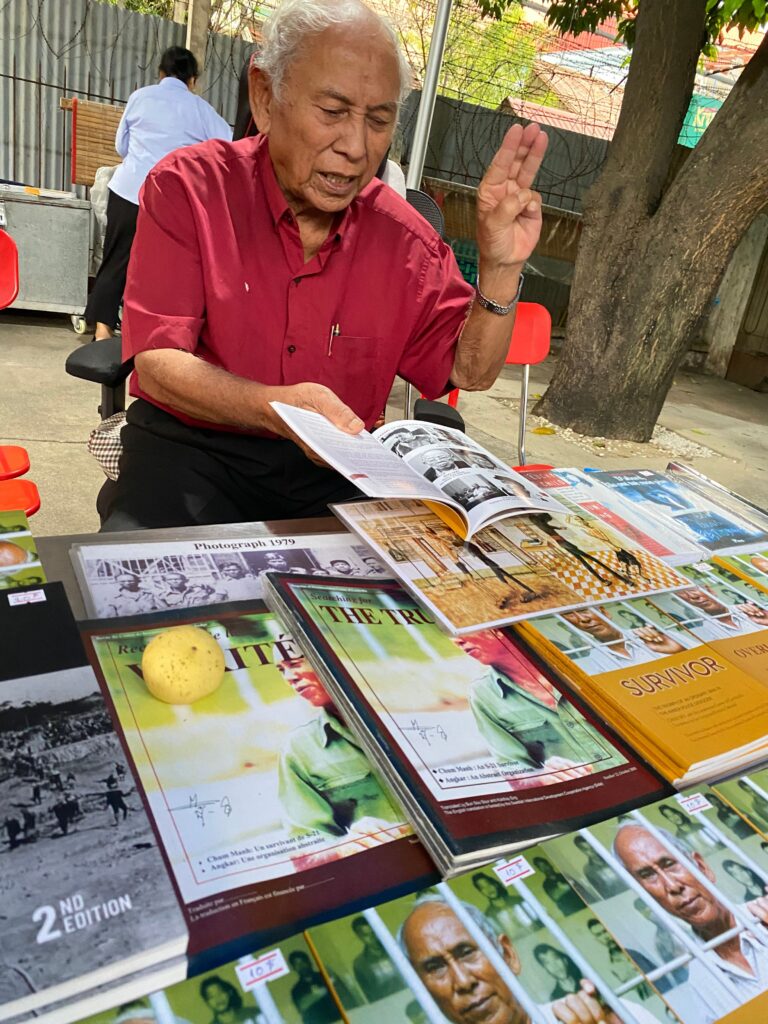
In the afternoon, we tour Sleng S21 Detention Center, now a Genocide Museum, where AmaWaterways has arranged for us to meet with one of only seven men known to have survived this torture camp. He has written a book about the horrors he’s seen. Our next stop, as it was for many S21 prisoners, is the infamous Choeung Ek Killing Fields, an extermination camp where the inhumanity is even more startling. Here, mass graves labeled with the number of men, women and children they contain and the skull-filled memorial tower are among the shocking things we witness there.

Most of us were aware of the Khmer Rouge genocide, but the scale and cruelty are unfathomable. It’s believed that at least 1.5 million Cambodians—about a fourth of the population—were murdered from 1975 to 1979 and many more died under the harsh conditions of forced labor camps. It is amazing to realize that most Cambodians alive today either lived through the genocide themselves or have relatives who survived (or perished) during that terror-filled period.
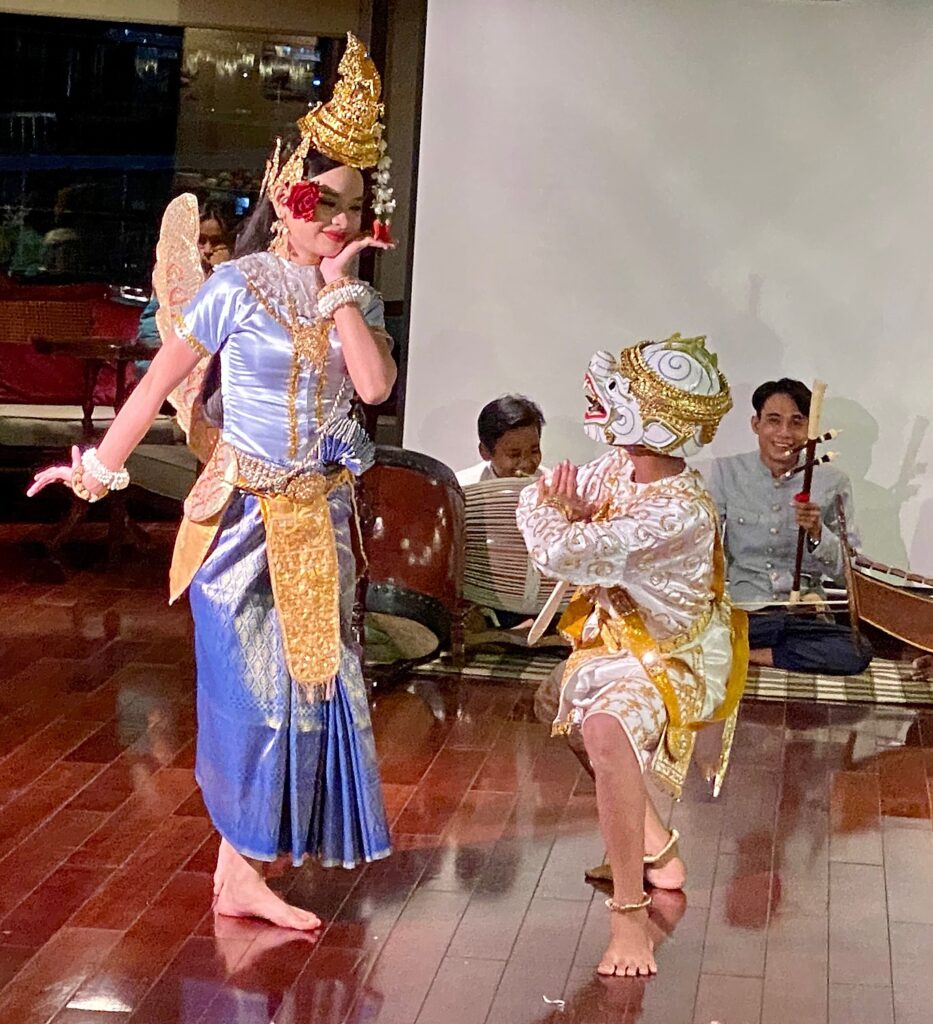
Our moods lift that evening at a pre-dinner performance by a local Khmer dance troupe, whose stylized hand gestures and movements tell classical and folkloric stories.
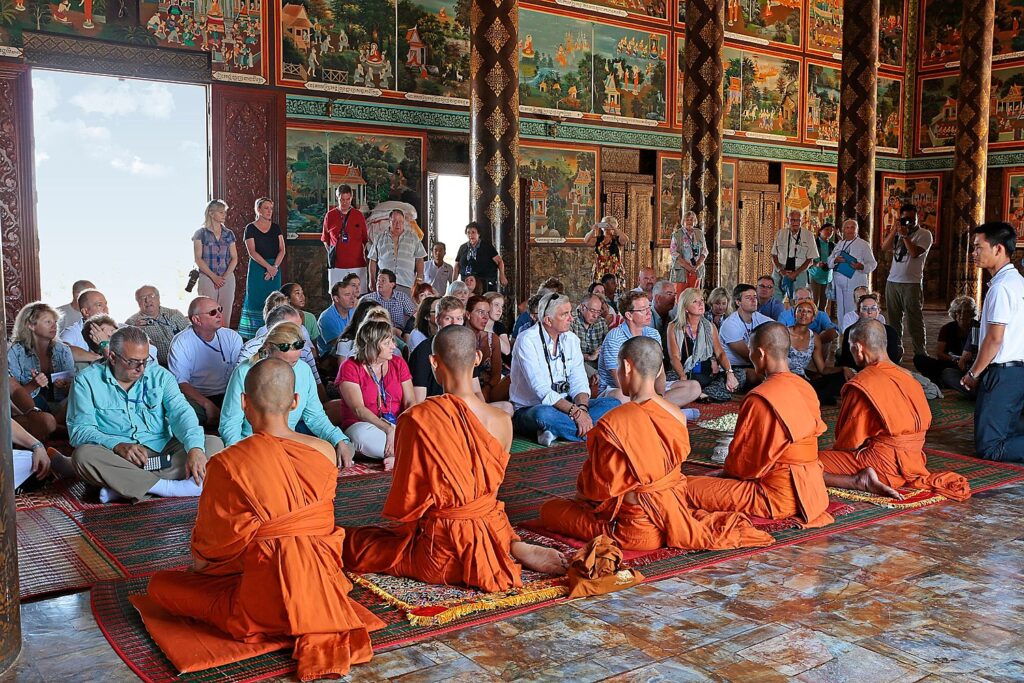
The positive spirit carries into our next day at the Oudong monastery. As we enter its impressive prayer hall, awash in brilliant religious paintings, a giant Buddha statue seems to look down benevolently at us. We seat ourselves on the temple floor. Buddhist monks walk in and sit cross-legged facing our group. Before bestowing a blessing on us, one of the monks, in perfect English, answers our questions and tells us about their lives and the importance of blessings in Cambodian life, where more than 93 percent of the population is Buddhist. During the 15-minute blessing ceremony, their chanting resounds hypnotically through the grand temple, drawing to a close with a gentle scattering of lotus flowers.
Over the next few days, we get a sense of rural and religious life on visits to a number of temples and small villages. Highlights include an ox-cart ride to a small temple, a visit to a school where we pair off with students to practice their English and a stop at “Silk Island” where we are shown the painstaking process of weaving silk fabric, from mulberry trees and silk worms to cocoons. We watch cocoons being “reeled” into thread that is dyed, set into hand looms and woven into iridescent scarfs, ties, and other products.

One of my favorite excursions is to Angkor Ban, a small agricultural village where people live in wooden homes raised on stilts, and we are guests of a friendly local couple who show us around their home and talk about their children and grandchildren. Leading us along its dirt roads, Finn points out the offerings families place at the small gilded ancestor shrines set on posts in their front yards, the oxen, tethered or fenced near many of the homes, and the daytime activities, many of which take place in the shady under stories of the stilted houses.
Our last stop is Kampong Cham. We dock next to a riverside park where we see locals picnicking, exercising to music in small groups, and socializing. We are sad that our cruise is coming to an end. One of the things we love about AmaWaterways is that we tour in small “families” and our guides—one for each country—travel on board with us. The continuity helps fosters a deeper understanding of the culture as our guides build on their narratives. It also creates a familial feeling with them and our fellow travelers. Many of us exchange addresses. Marveling at how much we have seen and done, it’s hard to believe we have only been cruising for a week. We leave the AmaDara with a sense of life in the Mekong region that we could never have fathomed on our own.
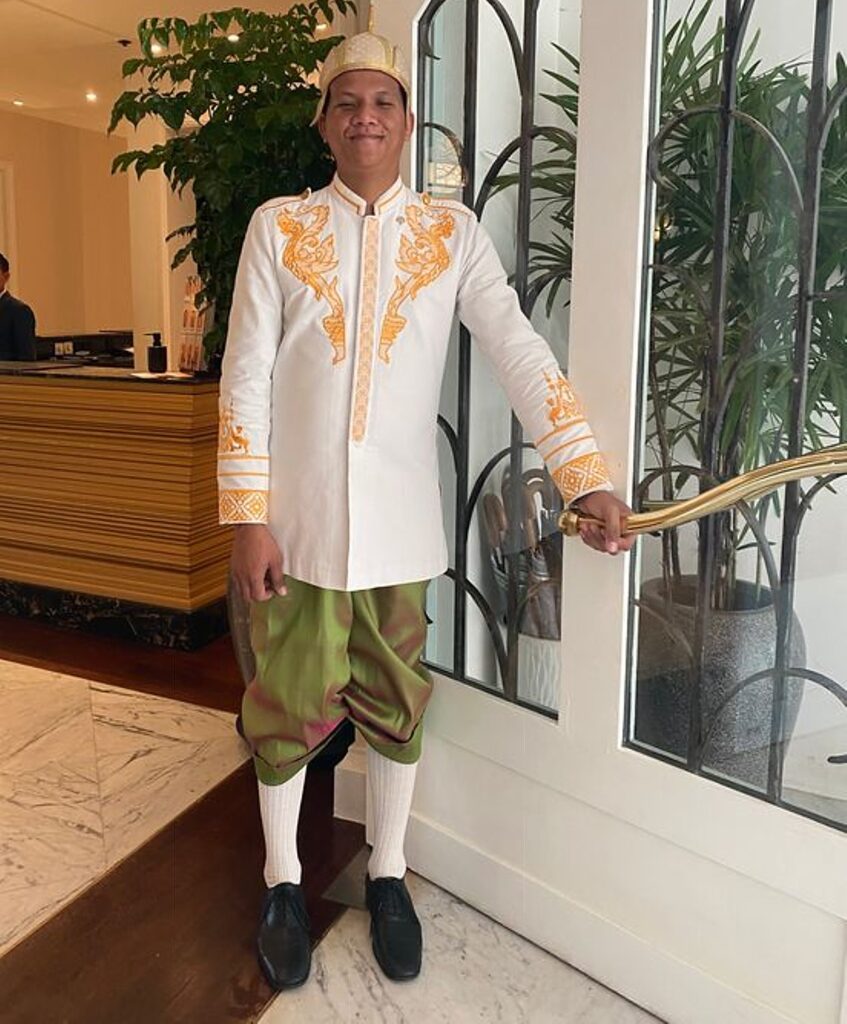
AmaWaterways transports us by bus to Siem Reap, where we check into the Raffles Grand Hotel D’Angkor, a cultural icon that blends French Art Deco architecture with Khmer (Cambodian) art and design. It also showcases ancient Khmer art as well as contemporary Khmer art curated by gallery owner Nat Di Maggio, who offers guided art tours for hotel guests. Other hotel activities include daily monk blessings, morning yoga, and botanical, history, garden and other tours. (www.raffles.com/siem-reap)
Across the street is one of the royal residences of the King Norodom Sihamonia. We stroll through the public Royal Gardens and stop to listen to the prayers at a popular shrine where people come with candles, incense sticks, lotus flowers and other offerings. We return to the hotel in time for afternoon tea—or in my case, the condensed-milk sweetened Cambodian coffee I have come to love—and then head around the corner to the Angkor National Museum which presents a cultural history of the Khmer civilization that proudly conveys how far-reaching and advanced the Khmer Empire once was.
That evening we indulge in a memorable tasting menu of Cambodian specialties, including corn cake with coconut sauce and snow fish with sweet and sour sauce, at the hotel’s gourmet restaurant,1932. The restaurant takes its name from the year the Raffles Grand Hotel D’Angkor opened to satisfy the burgeoning interest in Angkor Wat, just a few miles away. After dinner, we walk to the lively nightlife area, a chic modern area of bars, restaurants and sidewalk cafe-style eateries.
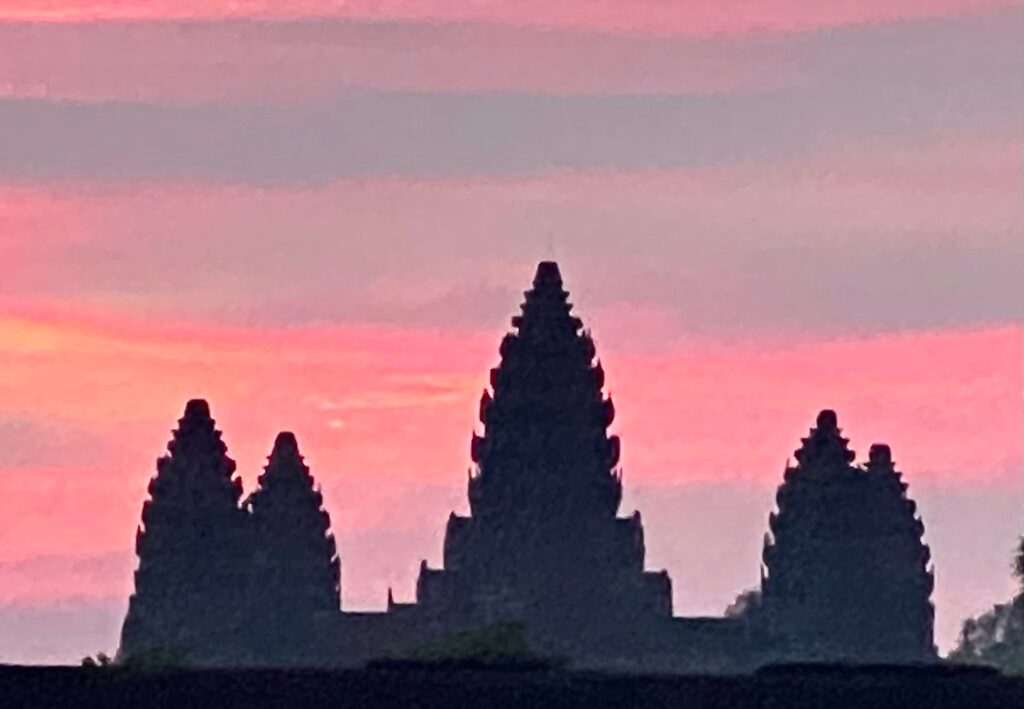
We set our alarm for 4 a.m. so we can watch the sun rise over Angkor Wat, a long-standing tradition. Seeing the reddish hues sweeping over the temples and reflected in the huge surrounding moat is well worth early wake-up and we enjoy the generous backpack breakfast Raffles sends with us. We’ve arranged for a private tour, which allows us to go at our own pace and tour several nearby temples, including Banteay Srei. We’re amazed at how well preserved it is – its exquisitely detailed 10th century carvings seem untouched by time.
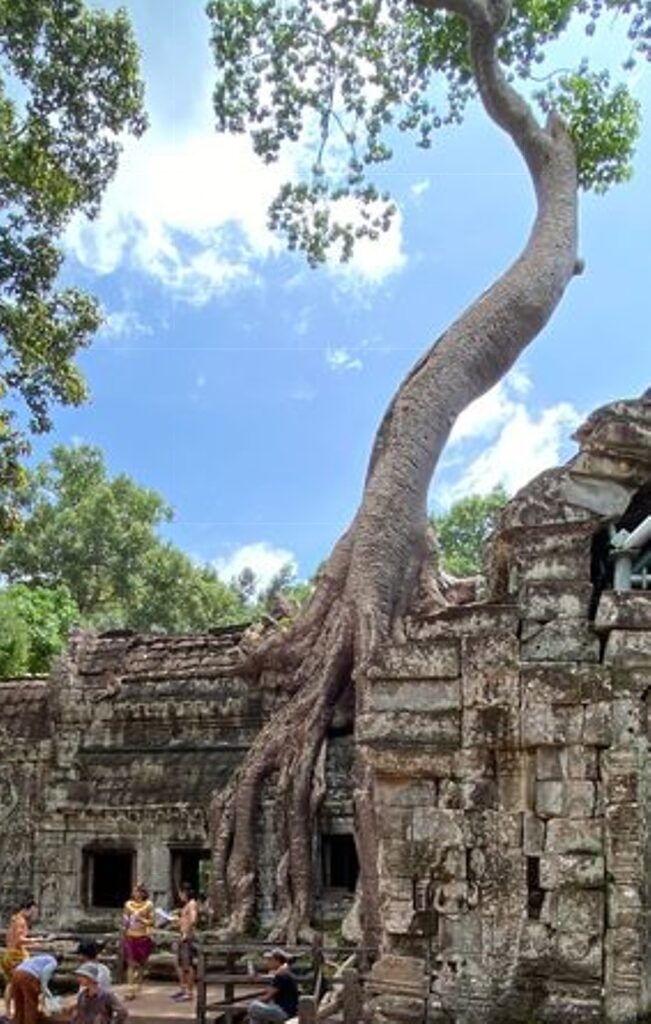
The 800-year-old Ta Prohm Temple, a.k.a “Tomb Raider Temple” feels especially wonderful—not because the site starred in the the 2001 film starring Angelina Jolie—but because climbing around it gives me the feeling that we are explorers discovering something for the first time. Here, tree roots are spreading over and digging into the stone buildings, and I can imagine how archaeologists felt when they first began discovering the many temples in this region.
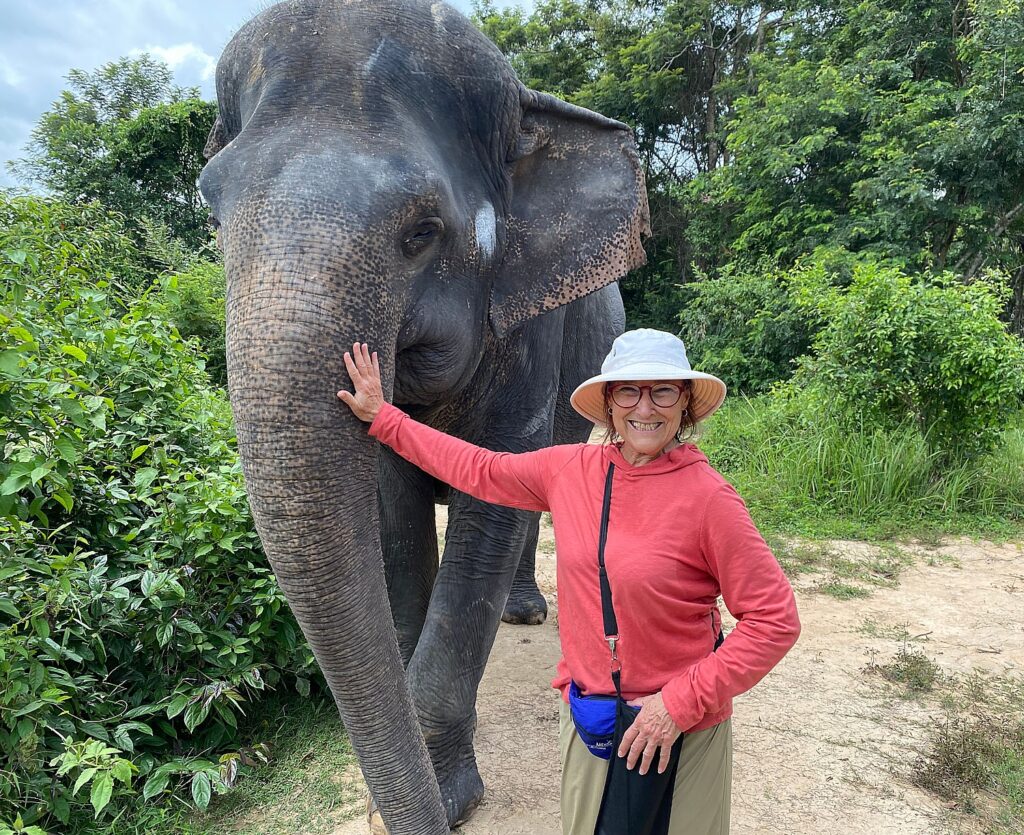
Before leaving Cambodia, we spend a morning at the Kulen Elephant Forest, where elephants that once worked under cruel conditions at Angkor Wat are protected and lovingly cared for. We notice torn ears and other evidence of their hard past; now they seem happy to be among people. Their handlers show us how to make treats that they eat from our hands and then we stroll with these gentle giants through the forest, watching them interact with each other. We stop at along the way and allow them to sniff us with their trunks as we pet their rough, thick skin and feed them a treat. These elephants, that have been through truly horrific times, seem to harbor no grudges and to be striding resiliently into the future, much like the people of the region. My short voyage through Vietnam and Cambodia has not been a sightseeing trip; it has been a timeless journey into resilient cultures that will live within me forever.
Next, we fly back to Vietnam and spend three days exploring Hanoi, which you can read about in our next installment.
The basics:
In 2025, AmaWaterways offers one-week Mekong River trips, except during May, June, and July, traveling between Ho Chi Minh City, Vietnam and Siem Reap, Cambodia. Prices start at around $2,320 and include transfers between the ship and Ho Chi Minh City and Siem Reap and all sightseeing, wi-fi, meals, and on-board programs. Airfare (discounted fares are available), visa fees, bar drinks (alcoholic beverages with meals are included), port charges (about $210 per person) and suggested tips ($80 per person for the crew) and $20-$25 for the cruise manager are extra. AmaWaterways also offers a choice of all-inclusive pre- and post-cruise options. The most comprehensive is eight nights, including Ho Chi Minh City, Siem Reap/Angkor Wat, Hanoi, and Ha Long Bay, priced at $2,779 per person. (AmaWaterways.com)
Credit cards are accepted most places, but not everywhere. In Cambodia, where the U.S. dollar is an official currency, you’ll find it helpful to have small bills on hand.
Be sure to check with your doctor or a travel medicine specialist for recommendations on vaccinations and other health precautions, and the U.S. Department of State, CIA.gov and the CIA World Factbook for helpful country information.
Note when filling out visa applications, flight and hotel reservations that dates in Vietnam and Cambodia are written day/month/year. I almost booked my flight for the wrong date. (April 1, 2025 would be written 01/04/2025).
Next: Museum Hopping and Shopping in Hanoi
See also:
AMAWATERWAYS’ MEKONG LUXURY CRUISE THROUGH VIETNAM AND CAMBODIA: HO CHI MINH CITY AND THE MEKONG
__________________
© 2025 Travel Features Syndicate, a division of Workstyles, Inc. All rights reserved. Visit goingplacesfarandnear.com and travelwritersmagazine.com/TravelFeaturesSyndicate/. Blogging at goingplacesnearandfar.wordpress.com and moralcompasstravel.info. Visit instagram.com/going_places_far_and_near and instagram.com/bigbackpacktraveler/ Send comments or questions to FamTravLtr@aol.com. Bluesky: @newsphotosfeatures.bsky.social X: @TravelFeatures Threads: @news_and_photo_features ‘Like’ us at facebook.com/NewsPhotoFeatures

